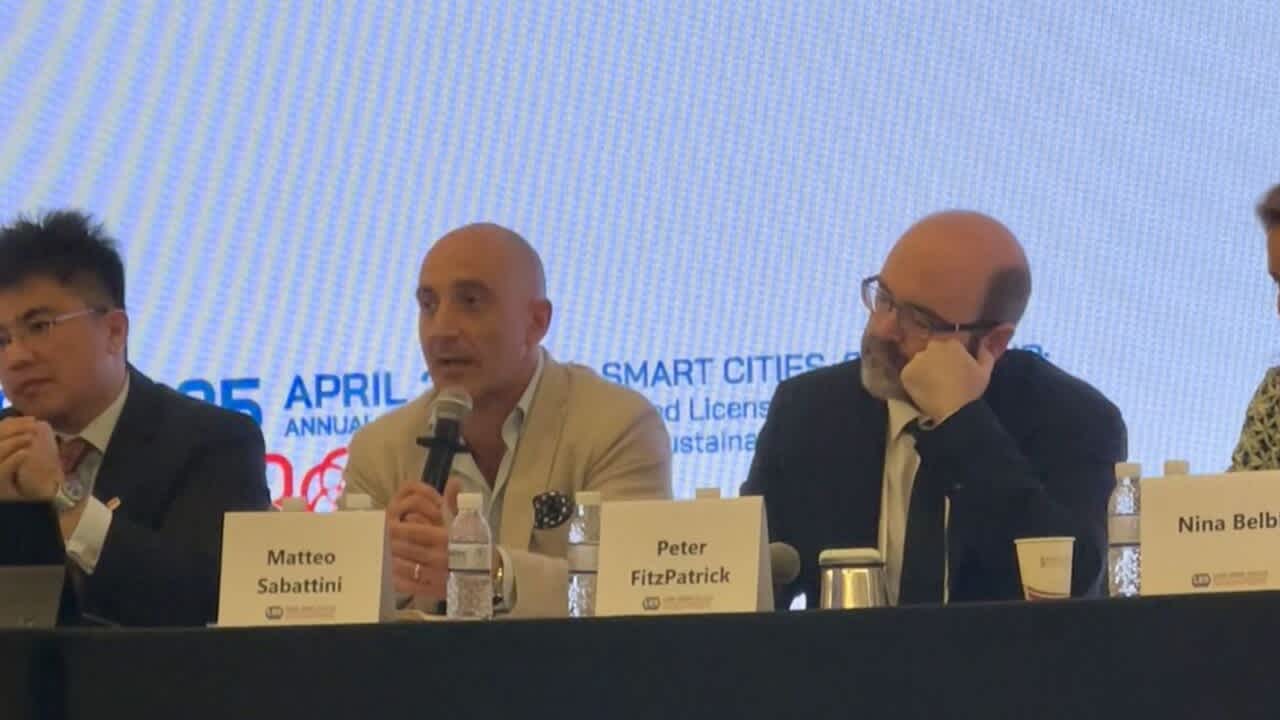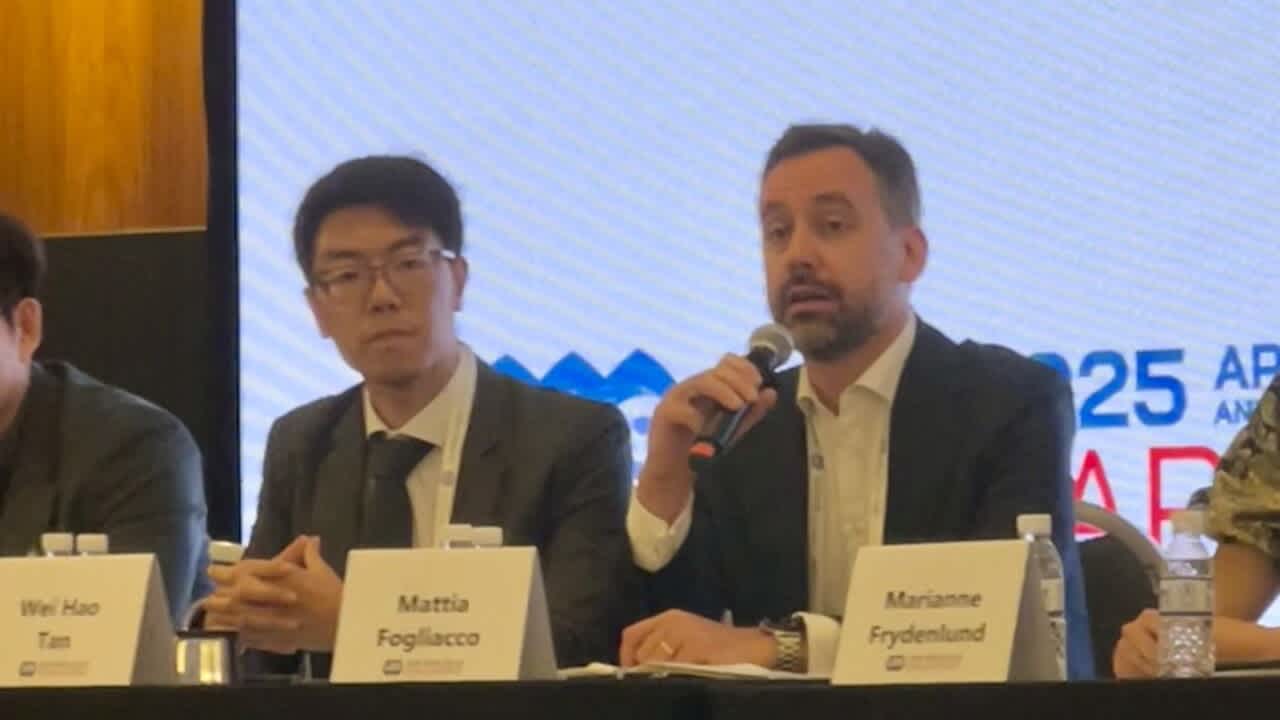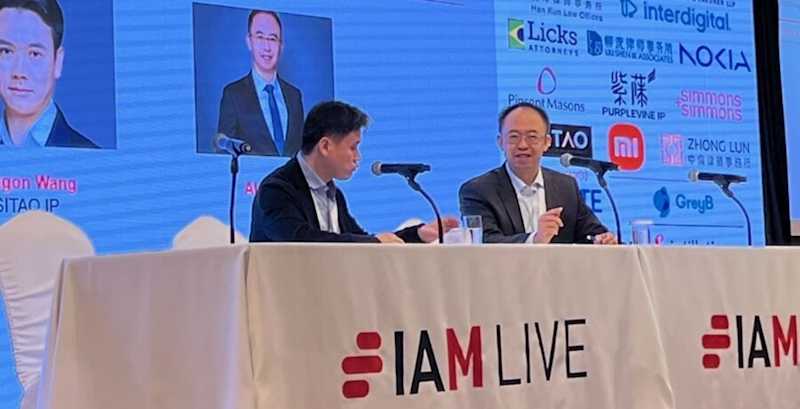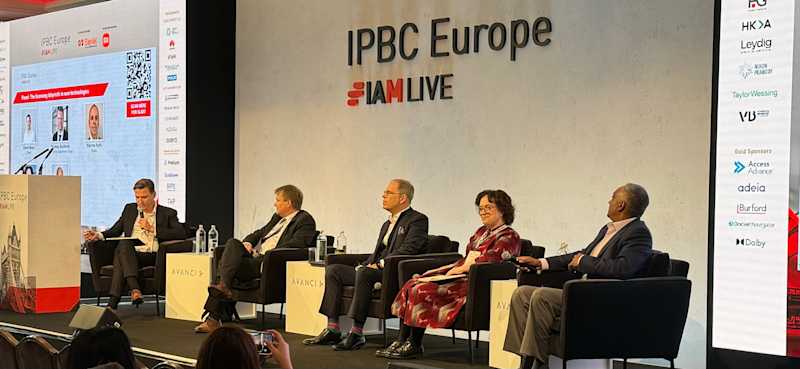Patent pools offer solution to smart city IP challenges
Aggregated licensing is the best way to cut through the complexity of myriad technologies and verticals
By Jake Schindler
Singapore, which hosted the recent LES International Annual Conference, is the kind of place you see in your mind’s eye when the concept of a ‘smart city’ gets mentioned. Connectivity is everywhere, everything is digital, and the public sector’s calling card is efficiency.
There are over 450 cities globally with populations of over one million. Making more of them ‘smart’ is a major challenge for public policy. At the purely technological level, it involves huge deployment of IoT solutions and seamless cooperation between companies in different sectors and verticals – as well as between industry and government.
Patent licensing is just one facet of this challenge, and its role in facilitating smart cities was the focus of a highly engaging and forward-looking LES event which Sisvel was proud to support.
One of the clearest takeaways was that aggregated licensing solutions, in the form of transparent and comprehensive patent pools, are essential to ensuring that innovation keeps pace with the massive growth of connectivity.
Embracing complexity
The mobile phone licensing market is straightforward in terms of the products and companies involved – a handful of large OEMs dominate shipments, and the patent landscape is extensively documented. Even so, it’s a complex business in which disputes can generate hundreds of pages of legal judgments with billions of dollars at stake.
“When you move into the IoT world, it gets a lot more complicated,” said David Yurkerwich of Ankura. “There’s a complex set of standards that need to be compensated, and rightfully so.”
There are a wide range of connectivity methods involved, none of which is dominant:
Thousands of different product types exist in various verticals. They differ vastly in terms of cost, capability and service lifecycle. There are tens of thousands of vendors selling those products, some from sectors with very little previous technology experience. And in the smart city context, utilities, operators and municipalities are at the centre of it all.
The mobile phone licensing paradigm, dominated by bilateral relationships between big players, is not equipped to handle this. “All our dispute resolution systems are geared to big disputes between big SEP owners and big mobile makers, which makes sense when arguing over hundreds of millions of dollars,” said Bird & Bird’s Richard Vary. “None of our court systems are set up for complex but low-value disputes.”
Given that, ADR has a key role to play, speakers agreed. But even more important is the creation of transparent platforms that can facilitate amicable licensing deals around terms accepted by the market as FRAND. “The complexity of the smart city is such that, in my opinion, patent pools are probably the only solution out there”, said Sisvel’s Matteo Sabattini.
Pool transparency is fundamental
For pools, Sisvel president Mattia Fogliacco said, one key task is figuring out how to create IoT licensing programmes that can do amicable deals with a minimum of conflict. “Transparency is absolutely fundamental in accomplishing this,” he explained.
Again, the IoT space presents important differences to mobile phone licensing. There is ample information on 5G cellular SEPs that is easy to find for a new market entrant. It may not all be reliable, but the volume of information is sufficient to help companies find their footing.
In newer verticals and for technologies beyond cellular, the same level of knowledge and data often does not exist. Patent pools’ published patent lists and royalty rates help new entrants orient themselves and build confidence that there is a fair playing field.
“I think there is information asymmetry between licensors and licensees, so you need to develop trust and have constructive discussions,” said Dave Lee, who has advised IoT implementers on SEP negotiations. He noted that in the cellular IoT space, both Sisvel and Huawei have published rates that serve as data points.
“Transparency gives you a better ability to interact with new entrants and bring them on board,” Fogliacco stated. One part of being transparent, he added, is offering the possibility of technical discussions as a way to further build confidence in the pool offering: “The level of success a pool will see is determined by how much it is a genuine two-way street between licensors and licensees.”
Lessons from the field
Throughout the conference, licensing pros with experience in new IoT verticals discussed practical obstacles to dealmaking and how to overcome them.
There was a lot of attention on indemnification, and acknowledgement from a wide spectrum of voices that questionablepractices by some module makers in this area have made things difficult for implementers.
“We need a healthy indemnification system,” said Huawei’s David Wang. It’s not fair to the supply chain, he argued, when suppliers charge their customers for indemnities but then pocket the proceeds without obtaining the relevant licences.
Lee stated that indemnification practices have created “distortion” in the market. Many indemnification agreements, he noted, are packed with exclusions. Commercial contract lawyers can miss some of the problematic language, so he advised getting IP experts involved from the procurement stage.
David Muus of Sisvel listed key questions implementers should ask about any supplier offering an indemnity: Have they demonstrated a capability to resolve licensing issues for their customers and a willingness to do so? Do they have a track record of taking licences proactively and stepping in to defend customers?
Lee also noted that there are good business reasons for implementers to take licensing into their own hands. “It’s a matter of supply chain resilience,” he said. “An indemnification can lock you into one supplier, while taking a licence yourself gives you flexibility.”
Building IP into business cases
As the market matures, technology users may need to change the way they think about IP royalties, understanding that they are just another input cost.
Huawei’s Emil Zhang acknowledged that for implementers with thin margins and low IP awareness, licensing approaches can initially seem hostile. “Every company is concerned that if they are not price competitive, they will be wiped out,” he said. That makes education and dialogue all the more important.
Ultimately, it’s the responsibility of implementers to ensure their business case accounts for the need to pay royalties for patented technologies they implement but did not invent.
Very low-price components that comply with a connectivity standard subject to royalties should be viewed with caution. If a Wi-Fi product does not have a licence to the patents included in the Sisvel Wi-Fi 6 pool, remarked Muus, there’s probably 50 cents missing from its business case.
Sisvel, through its Cellular IoT programme, has worked to raise awareness about the fundamentals of standards and patents. Many other licensors have dedicated significant time to educating implementers about these issues. These investments are made because it’s understood that lack of knowledge is a barrier for smaller and newer firms.
However, it is not an argument that can be used over and over again. “Some companies will say ‘we didn’t know, it’s not factored into our price’,” observed Sophie Pasquier of Philips. “But if you launch a new product at the same price a year later – now you do know.”
Jake Schindler is Sisvel’s senior content and strategic communications manager







